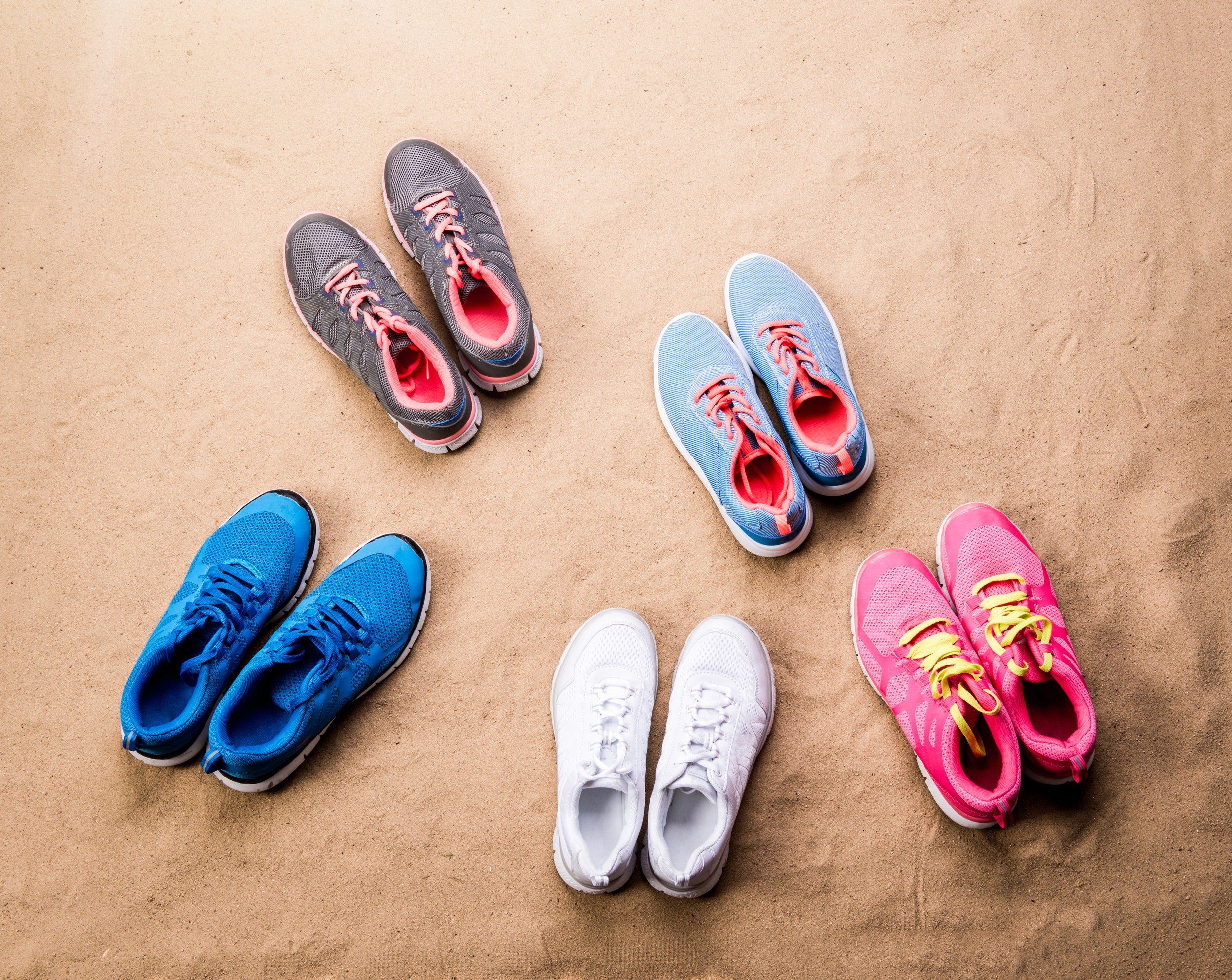Making Informed Shoe Suggestions for Forefoot Shapes
Languages: English
Media Editing: The video module(s) in this subject are editable under our Content Studio offering unless otherwise indicated. For more information about Content Studio, contact your CSM.
Description: Not every foot shape will be comfortable in every shoe. Depending on the length of the toes, some shoes can actually cause damage. In this subject, learners will see the variety of foot shapes there are and how they fit into shoes. They will learn which shoes to recommend based on the benefits they give the customer. This includes definitions of different types of foot shapes and what could happen if a customer wears a shoe that is not suited for them.
Languages: English
Media Editing: The video module(s) in this subject are editable under our Content Studio offering unless otherwise indicated. For more information about Content Studio, contact your CSM.
Description: Not every foot shape will be comfortable in every shoe. Depending on the length of the toes, some shoes can actually cause damage. In this subject, learners will see the variety of foot shapes there are and how they fit into shoes. They will learn which shoes to recommend based on the benefits they give the customer. This includes definitions of different types of foot shapes and what could happen if a customer wears a shoe that is not suited for them.
Languages: English
Media Editing: The video module(s) in this subject are editable under our Content Studio offering unless otherwise indicated. For more information about Content Studio, contact your CSM.
Description: Not every foot shape will be comfortable in every shoe. Depending on the length of the toes, some shoes can actually cause damage. In this subject, learners will see the variety of foot shapes there are and how they fit into shoes. They will learn which shoes to recommend based on the benefits they give the customer. This includes definitions of different types of foot shapes and what could happen if a customer wears a shoe that is not suited for them.
Topics
Forefoot Shapes and the Shoes that Fit them Best
-
A person’s toes can determine which kinds of shoes they should wear or avoid. As someone who works in a shoe store, this is important for you to know and consider when helping customers find shoes that will be most comfortable for them. This topic will teach you about five different types of forefoot shapes: Egyptian, Greek, Roman, Germanic, and square. You’ll also learn about the shoes that fit these shapes best.
-
Questions (level 1, 2, 3)
Video module
-
This topic is currently available in English.
-
The forefoot includes the toes and front half of the foot. It carries and balances half of the body’s total weight.
An Egyptian forefoot is long and narrow, and the toes are in decreasing order of height.
Most shoes are adapted to fit the Egyptian forefoot; however, very pointed shoes could cause a problem if there is too much rubbing on the big toe, which can cause calluses and bunions in the long term.
On a Greek forefoot, the second toe is the longest toe, and the other toes decrease in size down to the pinky toe.
People with a Greek forefoot have to be careful about pressure at the front of shoes as the second toe is not very strong and could develop bruising, calluses, or more serious issues as a result of the pressure.
Pointed shoes or those with a wide toe box generally work well for people with a Greek forefoot shape because these shoes have enough space to accommodate the long second toe. Shoes that lace up tightly are also a good option to prevent the foot from sliding forward.
The first three toes on a Roman forefoot are approximately the same length, and the rest of the toes are shorter.
Shoes that have a wide space for the forefoot, like square toe or round toe, are the best for people with a Roman forefoot because they allow enough room for the toes, so they won’t be squished against each other.
People with a Germanic forefoot shape have a large first toe, while the rest of the toes are smaller but similar in length to each other.
The forefoot of a Germanic foot will fit best in wide shoes to prevent the toes from squishing together and causing scratches or calluses.
A square forefoot is characterized by having toes that are all the same length. The toes in general may be long. This makes the entire foot appear square or rectangular in shape.
The forefront of a square foot will fit best in a wider shoe because there will be room for all the toes. A tapered shoe top or pointed shoe could squish the feet together and cause injuries.






